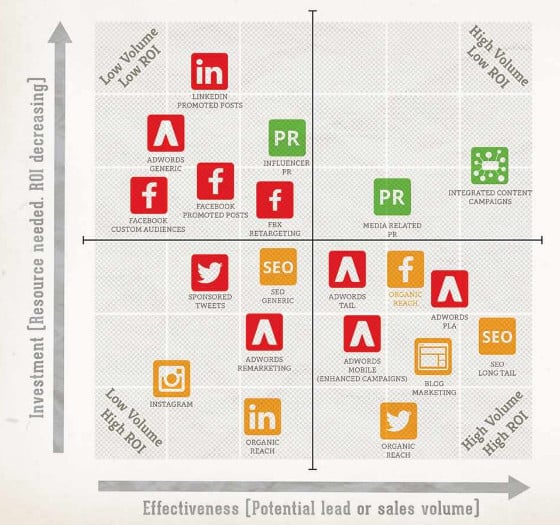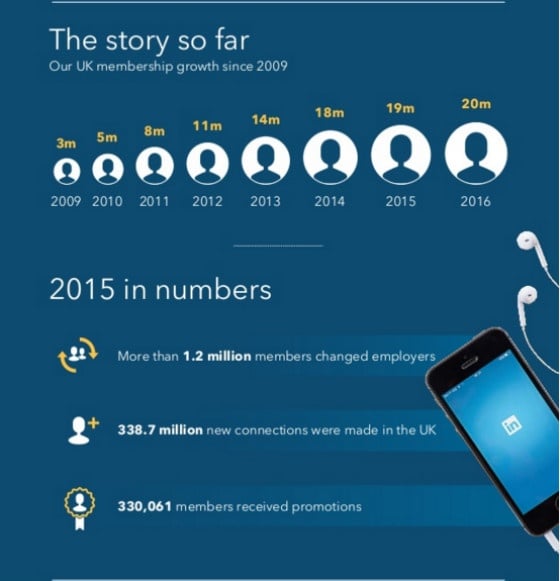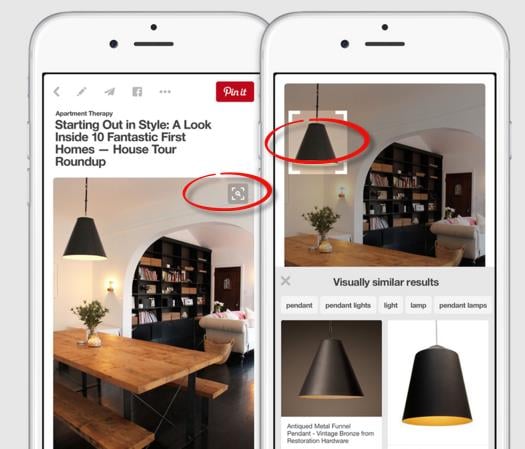Now is the time to start planning your content marketing strategy for 2016. However, before you start populating your editorial calendar, there’s plenty of background research to undertake. Here, we take you through the process of data gathering and analysis to ensure your content gets off to a great start in the New Year.
The first step towards planning or redefining your content marketing strategy is to clarify where you are now.
Here at ClickThrough, we use PR Smith’s SOSTAC model for marketing planning. The first step in SOSTAC – the “S” – is to conduct a situation analysis. This provides an overview of what your brand is, what your brand does, and what the internal and external factors are which impact your business and, by extension, your marketing activity.
Elements to consider when preparing your situation analysis include:
- Customer Insights: You’ll cover this in more detail below, with the Buyer Persona Analysis – however, an overview of your customer base is a starting point for identifying those personas.
- Market Trends: How is your market performing overall? Are there any opportunities in the market which your brand can take advantage of? Are there any threats which you need to be aware of and prepared for?
- Competitor Analysis: Who are your competitors? What are their strengths and weaknesses? How do they use content marketing? How is your brand positioned against these competitors?
- Internal Capabilities and Resources: What skills and resources do you have access to in-house? What skills and resources can you outsource? Which skills and resources do you struggle to fulfil? Identifying skills, time and technological restrictions is important for identifying any key challenges to implementing a content strategy.
- Current Digital Landscape: Which digital marketing channels do you currently use? Which channels are performing well? Which channels are underperforming? Are there any channels you are currently not using but would like to use? Or are using but could do more with?
Buyer Persona Analysis

While almost all brands have a clear picture of their target market, far fewer know who their buyer personas are. If that sounds like you, now is a good time to define yours.
Buyer personas are a semi-fictional representation of your ideal customer, combining known and assumed information.
This information might include:
- Demographics
- Job title, role and seniority
- Pain points, goals and values
- Purchase expectations and objections
- Information sources and hang outs
- Their typical working day
- What’s their story?
This level of detail helps you to tailor content specifically to each persona – resulting in content which is more likely to address their needs and concerns, in a way which appeals to them.
The number of buyer personas you have will depend on the range of products or services you offer, as well as the demographics within your target market. Broadly speaking, however, you’ll probably want at least three different buyer personas, although some brands have as many as a dozen.
To define your buyer personas:
- Analyse existing data – to understand demographics such as gender, age, job title, location
- Ask questions which will help you get an even better understanding of your customers’ interests, goals and challenges
- Remember – you’re creating fictionalised versions of your customers so don’t worry too much about every single detail
Content Marketing Objectives

Knowing your marketing objectives might sound like stating the obvious. But it pays to revisit them regularly, and there’s no better time than when you’re planning your content strategy. After all, you may know your content marketing objectives – but what about the rest of your team? Does your content manager have the same objectives? Do they truly understand how their role fits in with the overall marketing objectives for your brand?
Once objectives are confirmed, they form the backbone of your strategy – and you can keep referring back to them whenever you create a new piece of content: Will this piece of content help us to achieve this objective? If yes, great. If not, can it be adapted to support an objective?
SEO Content Opportunities
When it comes to succeeding with digital marketing, organic search remains as relevant as ever.
So it won’t surprise you to learn that identifying SEO content opportunities is an essential part of your content ideation research. Conduct in-depth keyword research to uncover those opportunities you might be missing out on, or which you could be maximising. Ideally, this should include a competitor keyword analysis and a review of the existing keywords driving traffic to your site.
Questions to ask include:
- Are there any keywords which our competitors are ranking for which we’re not?
- Are there any keywords which we are ranking for, but for which we want to improve our rankings?
- Are we ranking for the right keywords on the right pages?
Social Sharing Opportunities

Does your content have the “share” factor too? Creating content which is as shareable as it is searchable will give you another channel for getting your content discovered.
But how do you know what kind of content is shareable?
Conduct an analysis of your competitors’ content to find out which pages, blog posts, articles and infographics get the most social shares. Questions to ask include:
- Which networks generate the most social shares for your competitors’ content?
- Do different types of content earn more social shares on different networks?
- Do specific content formats – such as eBooks, blog posts or infographics – earn more social shares than others?
- Do specific topics - such as competitions, conferences or Christmas– earn more social shares than others?
- Does short or long form content earn more social shares?
Armed with this information, you should have a solid understanding of the ingredients of shareable content within your specific industry.
Existing Content Asset Trawl
Good news, you already have a library of content to hand, written by experts in your business, you just need to source it. It might be hiding in slide decks, in printed magazines or brochures, even in training videos or scripts. It might even be an eBook which has been languishing unloved on a hidden page of your website for years.
An important part of preparing for your content ideation session is uncovering as many of these hidden content assets as possible.
Why is this important? Because they can be reused or repurposed – which is an effective way to create “new” content, without having to start from scratch.
We recommend using a spreadsheet to record all the different content assets you find, whether online or offline. Alongside each asset, you should make a note of:
- Which buyer persona it targets
- Where you think it sits in the marketing funnel (customer sales journey)
- When it was created/last updated
You could even turn this project into a mini content audit.
Expert Insight - Remember Your People
Content assets aren’t limited to the written word. Your brand’s employees can be assets too. No doubt your company has experts who know your industry inside out and have plenty of valuable knowledge to share with prospects.
Make a list of all the experts you have within your organisation. Want to know if someone’s an expert? Consider their number of years’ experience, qualifications, industry memberships – as well as any publications they may already have written for. And remember, the CEO is almost always a great spokesperson.
This post is adapted and abridged from our FREE eBook – The Best Practice Guide to Content Ideation
Download your copy now to understand how content ideation can drive your conversion strategy













